Photo Gallery for Cydia latiferreana - Filbertworm Moth | 160 photos are available. Only the most recent 30 are shown.
|
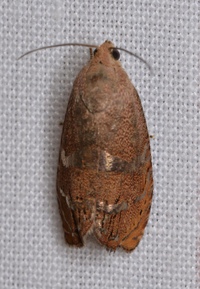 | Recorded by: Stephen Dunn on 2023-09-28
Orange Co.
Comment: | 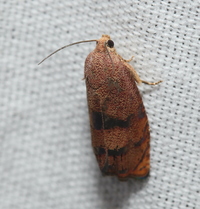 | Recorded by: David George, Rich Teper on 2023-09-25
Caswell Co.
Comment: |
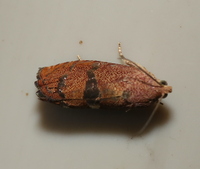 | Recorded by: David George, Jeff Niznik on 2023-09-20
Durham Co.
Comment: | 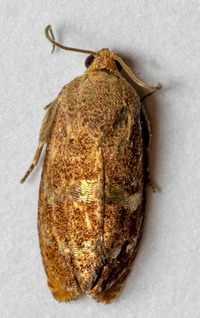 | Recorded by: Stephen Hall on 2023-09-16
Orange Co.
Comment: |
 | Recorded by: Mark Basinger on 2023-09-16
Brunswick Co.
Comment: | 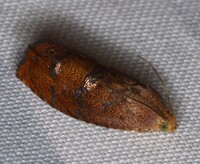 | Recorded by: David George, Stephen Dunn, Jeff Niznik on 2023-09-15
Orange Co.
Comment: |
 | Recorded by: Jim Petranka, Bo Sullivan and Becky Elkin on 2023-09-14
Macon Co.
Comment: |  | Recorded by: David George, Jeff Niznik on 2023-09-11
Orange Co.
Comment: |
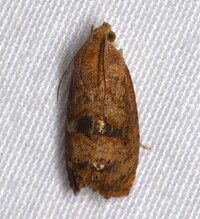 | Recorded by: David George, Stephen Dunn, Jeff Niznik on 2023-09-07
Chatham Co.
Comment: | 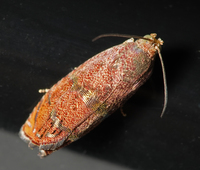 | Recorded by: Chuck Smith on 2023-09-06
Davidson Co.
Comment: |
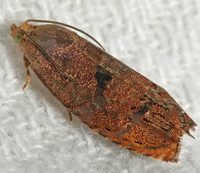 | Recorded by: Chuck Smith on 2023-09-05
Davidson Co.
Comment: |  | Recorded by: Stephen Dunn on 2023-09-05
Orange Co.
Comment: |
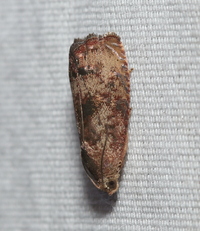 | Recorded by: David George, Jeff Niznik on 2023-09-04
Orange Co.
Comment: |  | Recorded by: Mark Basinger on 2023-09-02
Brunswick Co.
Comment: |
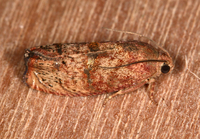 | Recorded by: Jim Petranka and Becky Elkin on 2023-08-23
Madison Co.
Comment: |  | Recorded by: Jim Petranka on 2023-08-20
Madison Co.
Comment: |
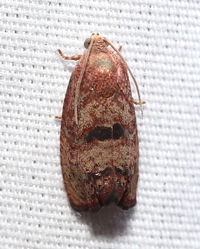 | Recorded by: David George, Jeff Niznik on 2023-08-16
Orange Co.
Comment: | 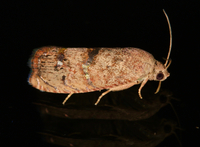 | Recorded by: Jim Petranka on 2023-08-15
Madison Co.
Comment: |
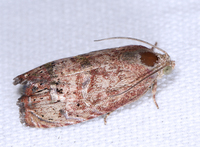 | Recorded by: John Petranka on 2023-08-06
Orange Co.
Comment: |  | Recorded by: R. Newman on 2023-08-05
Carteret Co.
Comment: |
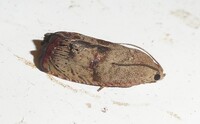 | Recorded by: Simpson Eason on 2023-07-28
Durham Co.
Comment: | 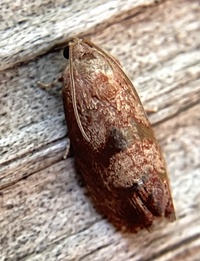 | Recorded by: Ken Kneidel on 2023-07-12
Mecklenburg Co.
Comment: |
 | Recorded by: Ken Kneidel on 2023-07-12
Mecklenburg Co.
Comment: |  | Recorded by: Dean Furbish on 2023-07-12
Wake Co.
Comment: |
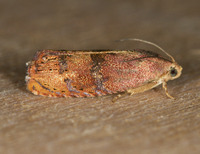 | Recorded by: Jim Petranka, Becky Elkin, Steve Hall, and Bo Sullivan. on 2022-09-27
Moore Co.
Comment: |  | Recorded by: John Petranka on 2022-09-21
Orange Co.
Comment: |
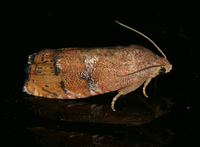 | Recorded by: Jim Petranka on 2022-09-16
Madison Co.
Comment: | 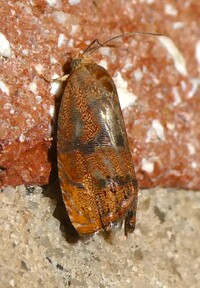 | Recorded by: Simpson Eason on 2022-09-14
Durham Co.
Comment: |
 | Recorded by: David George on 2022-09-13
Durham Co.
Comment: | 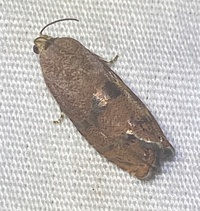 | Recorded by: David George, Lior Carlson, Richard Teper on 2022-09-06
Orange Co.
Comment: |
|